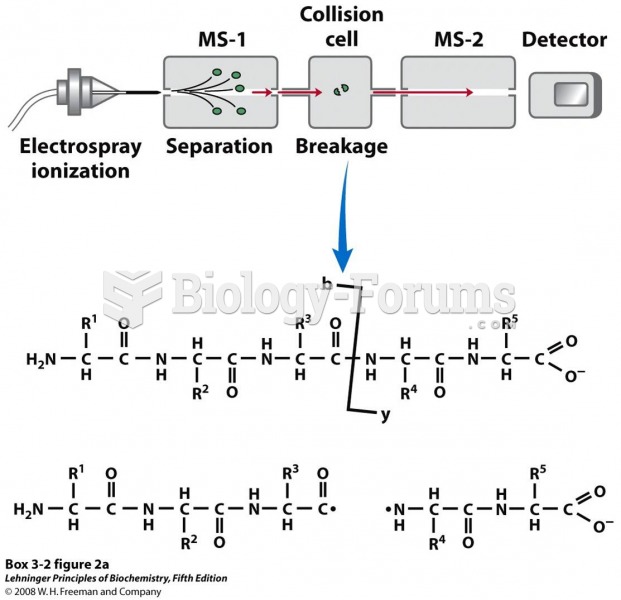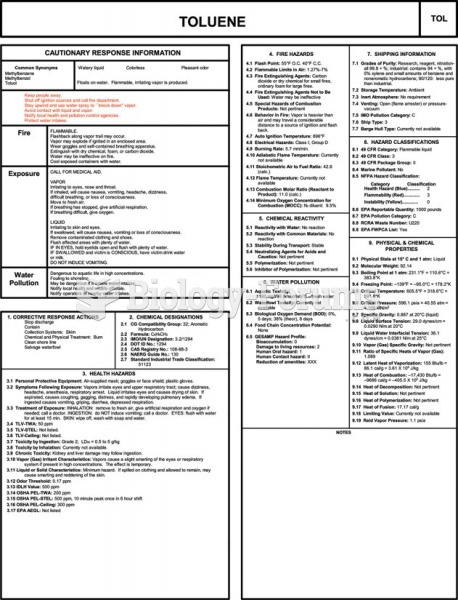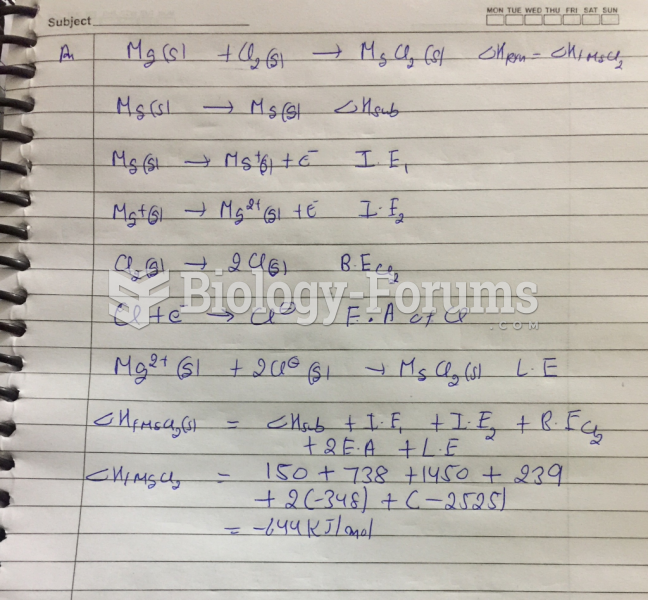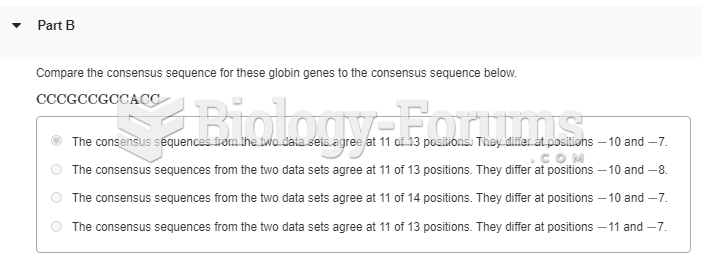Answer to Question 1
A
Feedback:
Effect sizes are averaged across studies, yielding information about not only the existence of a relationship between variables in many studies, but an estimate of its magnitude. Problem formulation is the first step in both meta-analysis and metasynthesis studies and involves establishing the research question. Grey literature consists of studies with a more limited distribution, such as dissertations, unpublished reports, and so on. One strategy for exploring moderating effects on effect size is to do subgroup analyses, which involve splitting effect size information into distinct categorical groupsfor example, men and women.
Answer to Question 2
A, D
Feedback:
Meta-analysis offers a simple advantage as an integration method: objectivity. It is difficult to draw objective conclusions about a body of evidence using narrative methods when results are disparate, as they often are. Narrative reviewers make subjective decisions about how much weight to give findings from different studies, and so different reviewers may reach different conclusions about the evidence in reviewing the same studies. Meta-analysts also make decisions, but the decisions are explicit and open to scrutiny. Another advantage of meta-analysis concerns power, i.e., the probability of detecting a true relationship between variables (Chapter 12). Schreiber and colleagues (1997) offered a definition that has often been used for what metasynthesis is, the bringing together and breaking down of findings, examining them, discovering the essential features and, in some way, combining phenomena into a transformed whole (p. 314).







